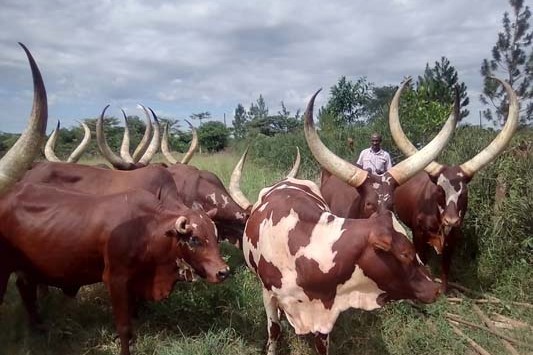By Frank Portegys
December marks the official start of summer and temperatures will only continue to rise across the country in the coming months.
During summer, it can get hot and uncomfortable. Summer can get sticky for cows too, and they begin to feel the heat sooner, as they prefer temperatures between 4 and 20C.
When cows get uncomfortable in the heat, they try to stay cool the same ways humans do – they drink more, become less active and use shade where available.
When the temperature gets above 21C, Friesian and crossbred cows also start to reduce their feed intake and produce less milk. Jersey cows cope better with warmer temperatures and don’t usually start producing less milk until the temperature reaches 25C, although factors like high humidity and warmer night temperatures affect this.
You can use some good strategies to protect your cows from discomfort during summer.
Water
One of the first things to consider is your water supply. This is the easiest and cheapest way to reduce cow discomfort. If your cows are rushing to drink after milking, or the trough can’t always keep up, your cows are thirsty.
To reduce this, you should have good water supply both in the paddock and in the raceway up to the shed, so cows can have a drink on the way to the paddock after milking. You will also need to check you have good flow rates, so troughs don’t dry.
Milking times
Altering milking times so cows avoid walking in the heat of the day is another strategy to reduce cow discomfort. This not only benefits the herd but will help your farm staff feel more comfortable too.
Cooling
Sprinklers can be used over the dairy yard to wet the cows’ coats and aid evaporative cooling. You’ll need to use enough water that it runs off the cows to be effective. This is best used in conjunction with fans to help move humid air away after wetting.
Pre-cooling the yard with water before the cows arrive and allowing them space so they aren’t too close together in the yard also helps to keep cows cool.
Shade
Using paddocks with shade from trees helps reduce heat stress in livestock. If you don’t have trees now, consider planting some to provide shade in the future.
While hotter temperatures can be more stressful for cows, many farmers are using a range of strategies to keep their cows as comfortable as possible. Now is a good time to talk to your team about what you can do to reduce heat stress amongst your herd.
- More information is available online at dairynz.co.nz/heatstress.





